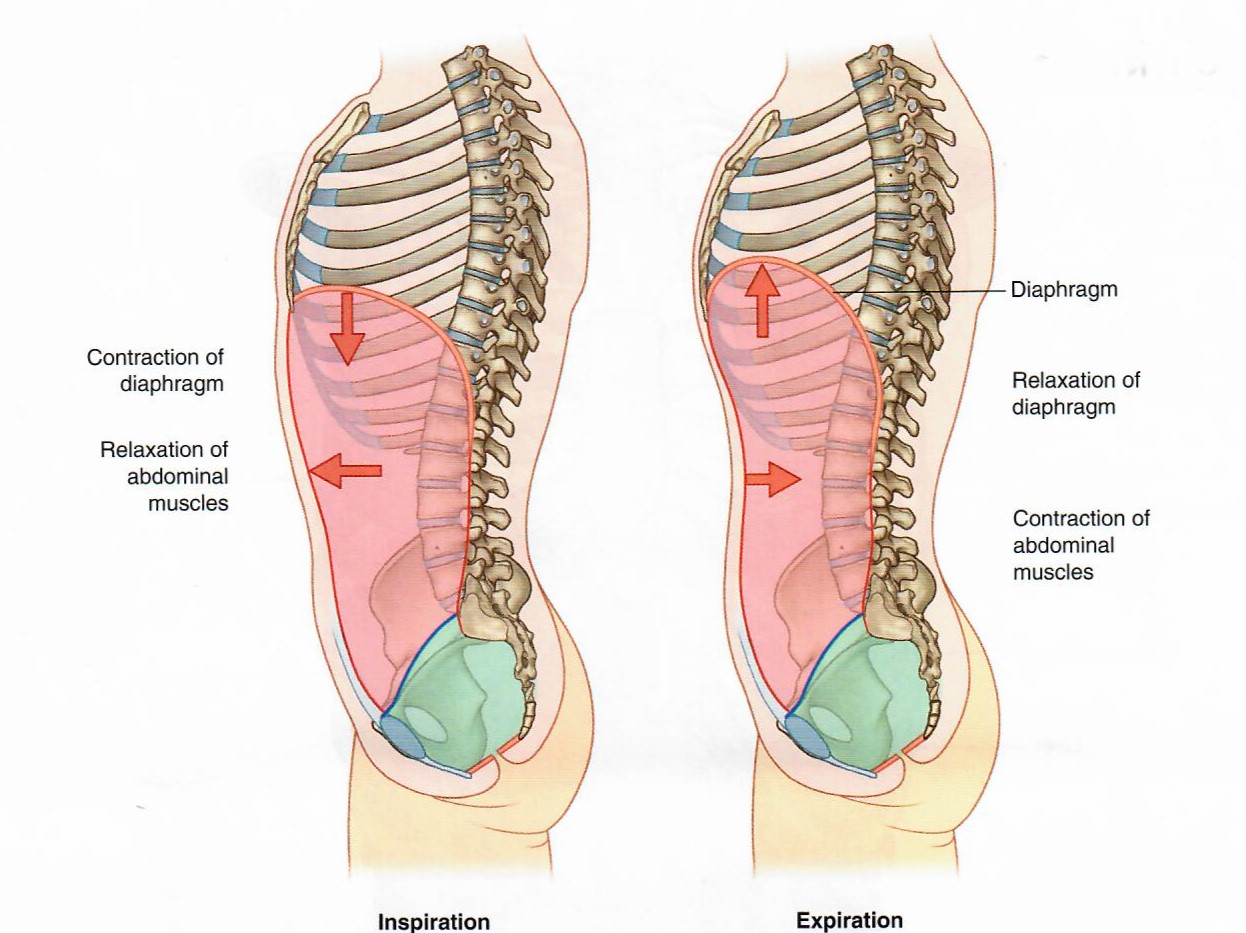
SECTRA TABLE WORK: Page 4 of 5
Expiration:
Passive (quiet) expiration occurs when the muscles of inspiration relax, allowing the thoracic cavity to recoil naturally and air to exit the lungs.
However, during forced expiration, additional muscles are activated to forcibly expel air from the lungs:
 |
| Tap on image to enlarge |

As these muscles contract, the neck and back muscles relax and decrease the cross sectional area of the thorax. Leaning forward also reduces the height of the thoracic cavity, a posture often seen during sneezing or labored expiration.